

Stony Hill School
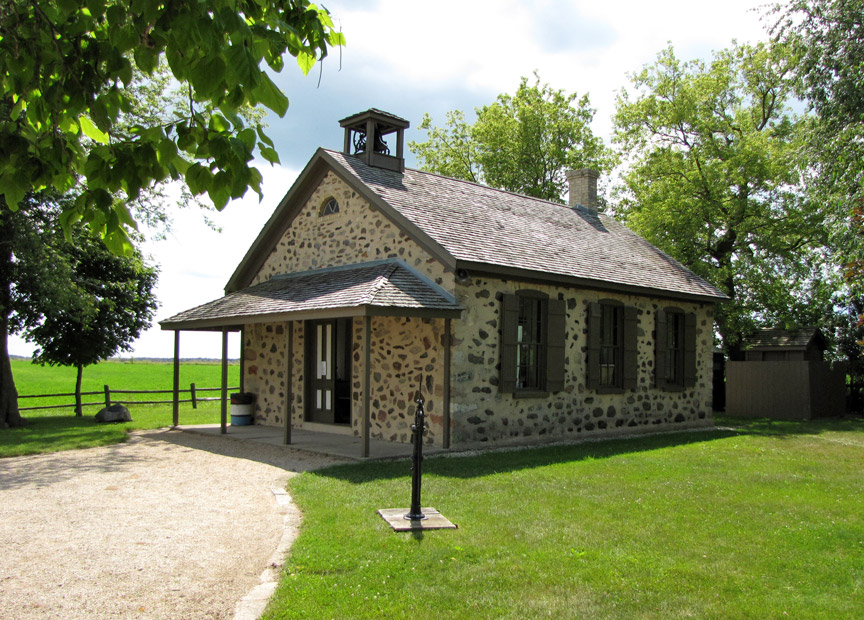
Stony Hill School
Over three quarters of a century ago, a 19 year old, $40 a month school-teacher, stirred by a deep love of the American Flag, held the first Flag Day exercises in a little country schoolhouse located near Fredonia. Bernard J. Cigrand, who later became a professor of dentistry and a college dean, began a lifelong crusade on June 14, 1885, to honor the adoption of the Stars and Stripes by the Continental Congress on June 14, 1777.
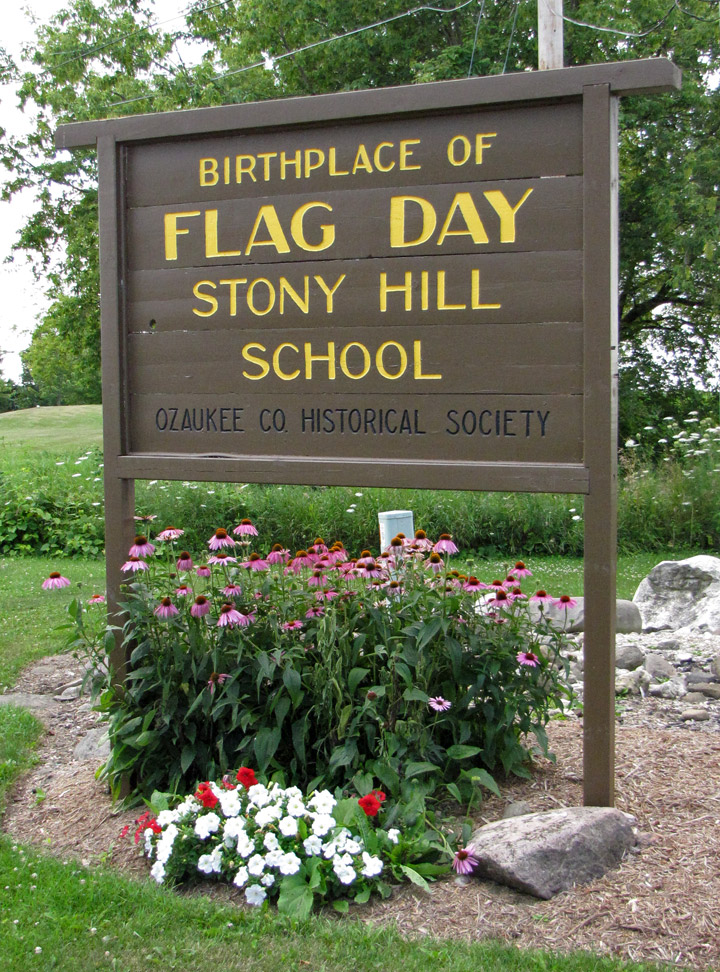
Thirty-one years later in 1916, his devotion to the Flag was rewarded when June
14 was declared as National Flag Day by President Woodrow Wilson, who said, 'the
Flag has vindicated its right to be honored by all nations of the world and
feared by none who do righteousness. In 1949, long after Dr. Cigrand's death,
Congress and the President of the United States proclaimed the Flag would be
displayed on all government buildings on June 14 and asked the American people
to join in the observance of the Flag's anniversary.
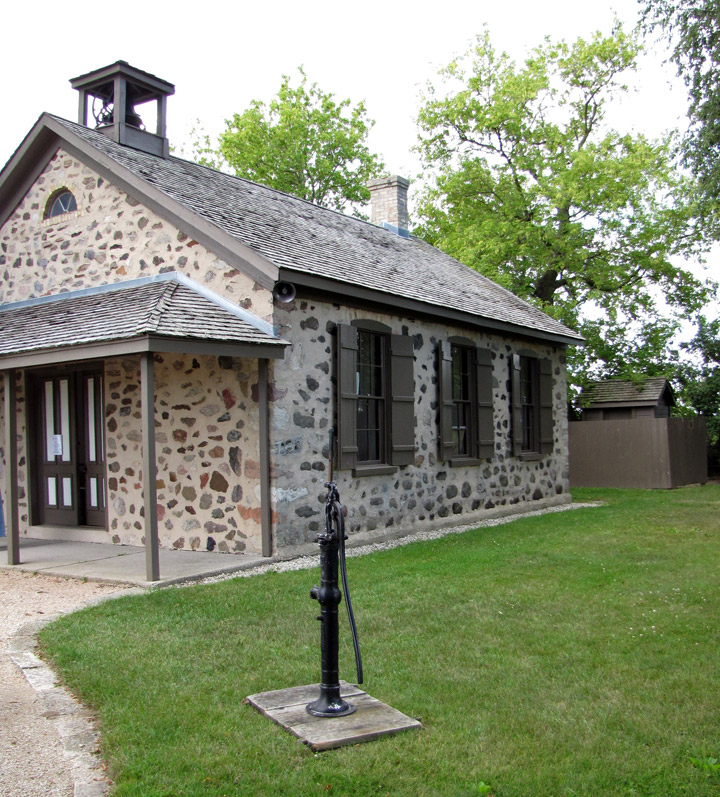
The last class at the school was held in 1916. The building stood empty for many
years and the land surrounding the school changed hands many times. In 1947 the
National Fraternal Congress crusaded for the restoration of Stony Hill
Schoolhouse. Restoration began on the building and by 1952 it began to resemble
the school Bernard Cigrand knew in 1885. Now, each year on the Sunday before
June 14, a special program and celebration is held at the school with additional
activities and a parade held in Waubeka.

Flag Day

In the United States, Flag Day is celebrated on June 14. It commemorates the adoption of the flag of the United States, which happened that day by resolution of the Second Continental Congress in 1777.
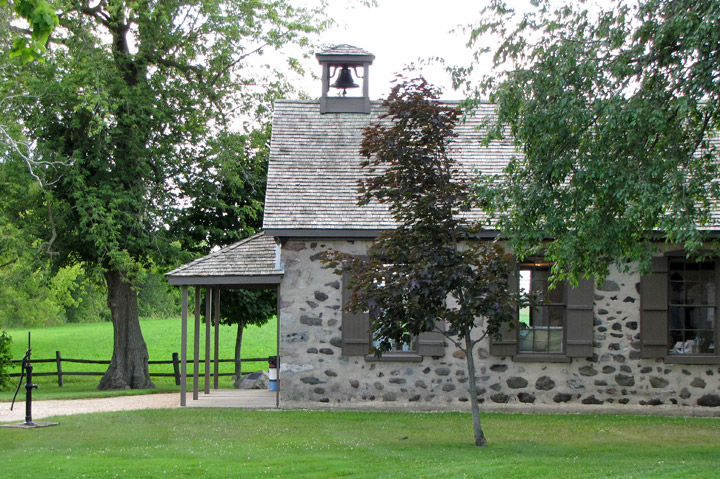
In 1916, President Woodrow Wilson issued a proclamation that officially
established June 14 as Flag Day; in August 1949, National Flag Day was
established by an Act of Congress.
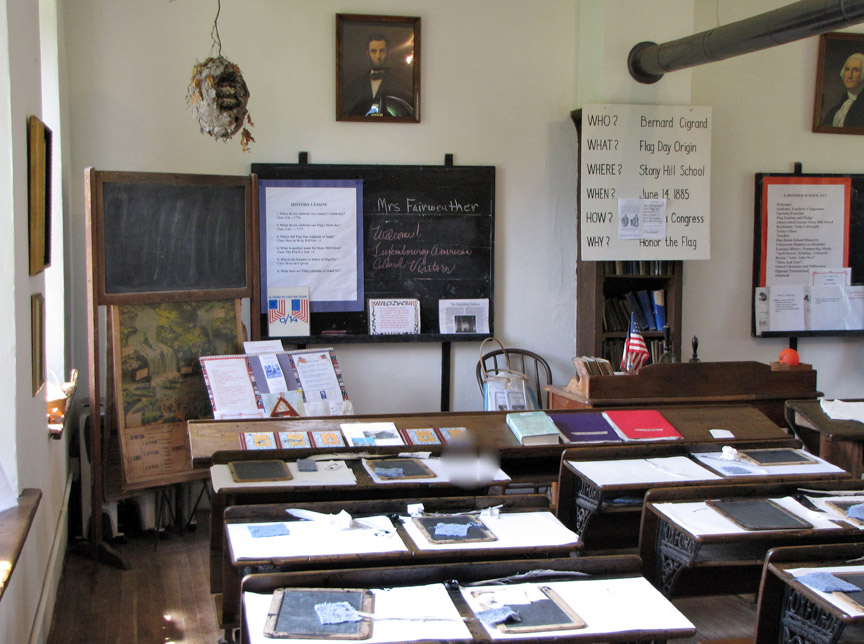
Flag Day is not an official federal holiday, though on June 14, 1937, Rennerdale,
Pennsylvania became the first (and only) U.S. state to celebrate Flag Day as a
state holiday. Title 36 of the United States Code, Subtitle I, Part A,
CHAPTER 1, § 110 is the official statute on Flag Day; however, it is at the
President's discretion to proclaim officially the observance.
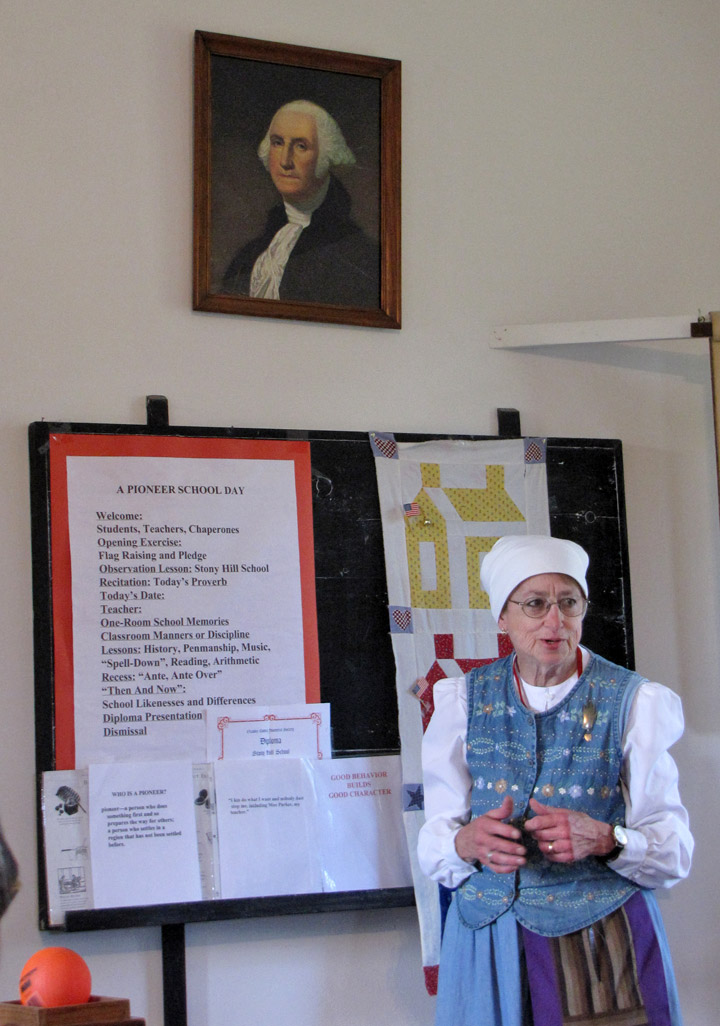
the teacher shows the lesson
The longest-running Flag Day parade is held annually in Quincy, Massachusetts, which began 1952 and celebrated its 57th year in 2009. The 59th Annual Appleton Wisconsin 2009 Flag Day Parade will feature the U.S. Navy. City of Appleton Wisconsin. The largest Flag Day parade is held annually in Troy, New York, which bases its parade on the Quincy parade and typically draws 50,000 spectators.
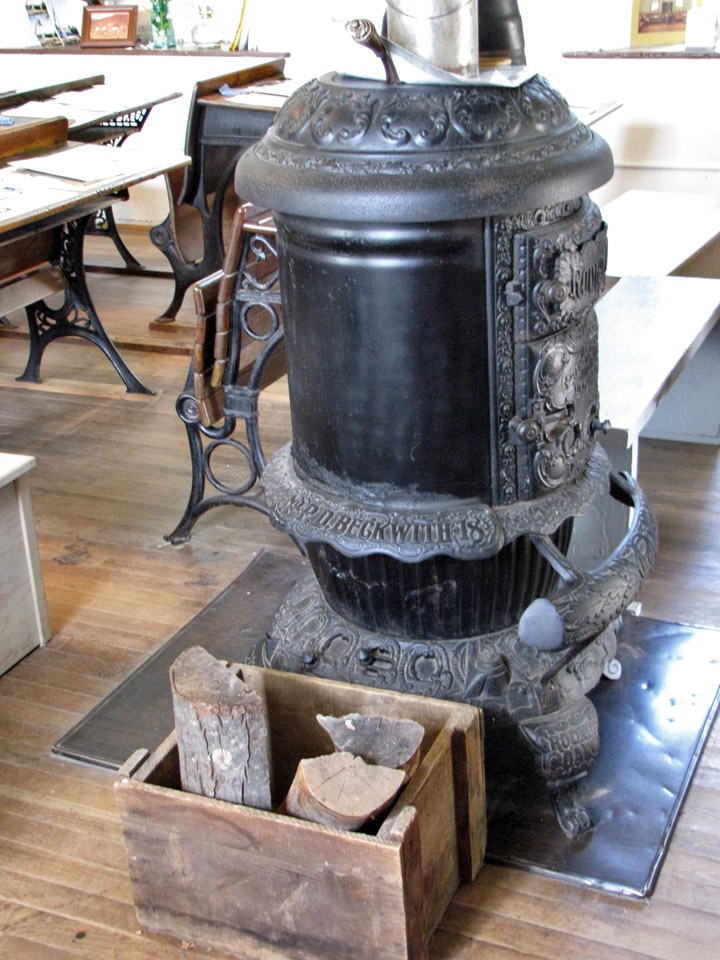
Several people and/or organizations played instrumental roles in the
establishment of a national Flag Day celebration. They are identified here in
chronological order.
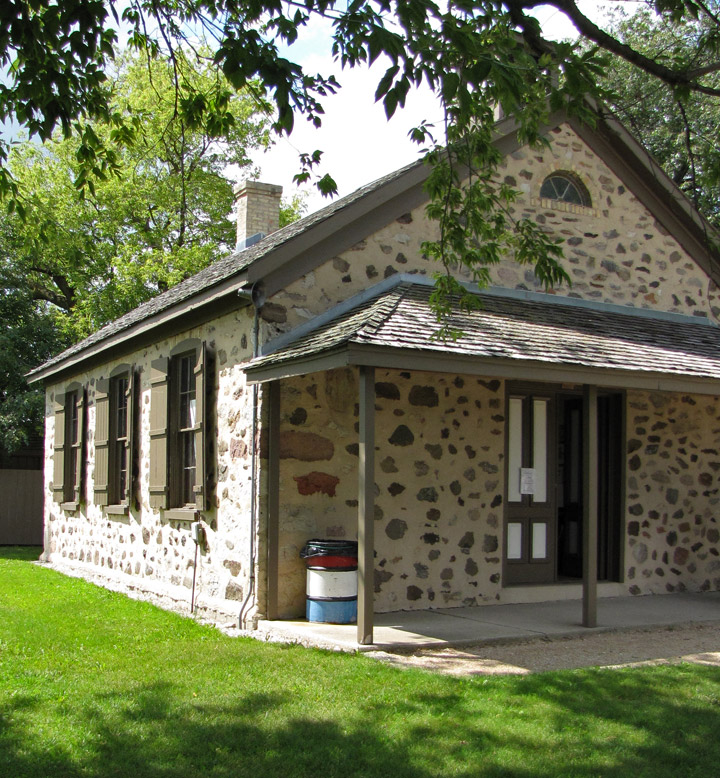
1861, George Morris
The earliest reference to the suggestion of a "Flag Day" is cited in Kansas: a
Cyclopedia of State History, published by Standard Publishing Company of Chicago
in 1912. It credits George Morris of Hartford, Connecticut:
To George Morris of Hartford, Conn., is popularly given the credit of suggesting
"Flag Day," the occasion being in honor of the adoption of the American flag on
June 14, 1777. The city of Hartford observed the day in 1861, carrying out a
program of a patriotic order, praying for the success of the Federal arms and
the preservation of the Union.
The observance apparently did not become a tradition.
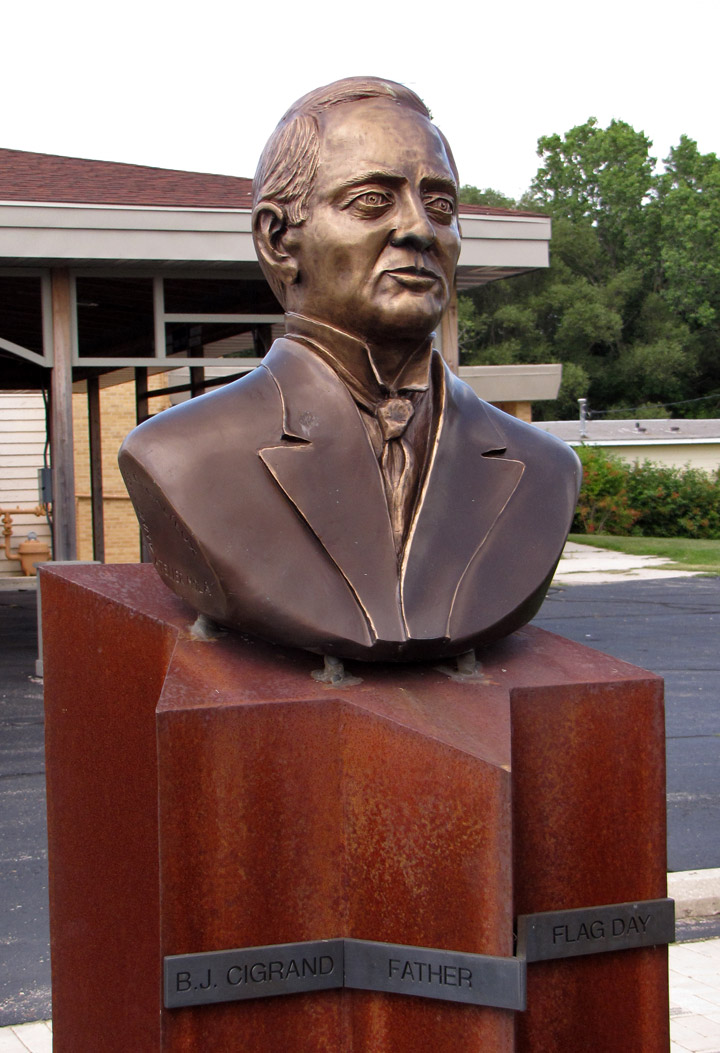
1885, Bernard J. Cigrand
Stony Hill School, in Waubeka, Wisconsin, the site of the first formal
observance of Flag Day
Working as a grade school teacher in Waubeka, Wisconsin, in 1885, Bernard J.
Cigrand held the first recognized formal observance of Flag Day at the Stony
Hill School. The school has been restored, and a bust of Cigrand also honors him
at the National Flag Day Americanism Center in Waubeka.
From the late 1880s on, Cigrand spoke around the country promoting patriotism,
respect for the flag, and the need for the annual observance of a flag day on
June 14, the day in 1777 that the Continental Congress adopted the Stars and
Stripes.
He moved to Chicago to attend dental school and, in June 1886, first publicly
proposed an annual observance of the birth of the United States flag in an
article titled "The Fourteenth of June," published in the Chicago Argus
newspaper. In June 1888, Cigrand advocated establishing the holiday in a speech
before the "Sons of America," a Chicago group. The organization founded a
magazine, American Standard, in order to promote reverence for American emblems.
Cigrand was appointed editor-in-chief and wrote articles in the magazine as well
as in other magazines and newspapers to promote the holiday.
On the third Saturday in June 1894, a public school children’s celebration of
Flag Day took place in Chicago at Douglas, Garfield, Humboldt, Lincoln, and
Washington Parks. More than 300,000 children participated, and the celebration
was repeated the next year.
Cigrand became president of the American Flag Day Association and later of the
National Flag Day Society, which allowed him to promote his cause with
organizational backing. Cigrand once noted he had given 2,188 speeches on
patriotism and the flag.
Cigrand lived in Batavia, Illinois, from 1913–1932.
Cigrand generally is credited with being the "Father of Flag Day," with the
Chicago Tribune noting that he "almost singlehandedly" established the holiday.
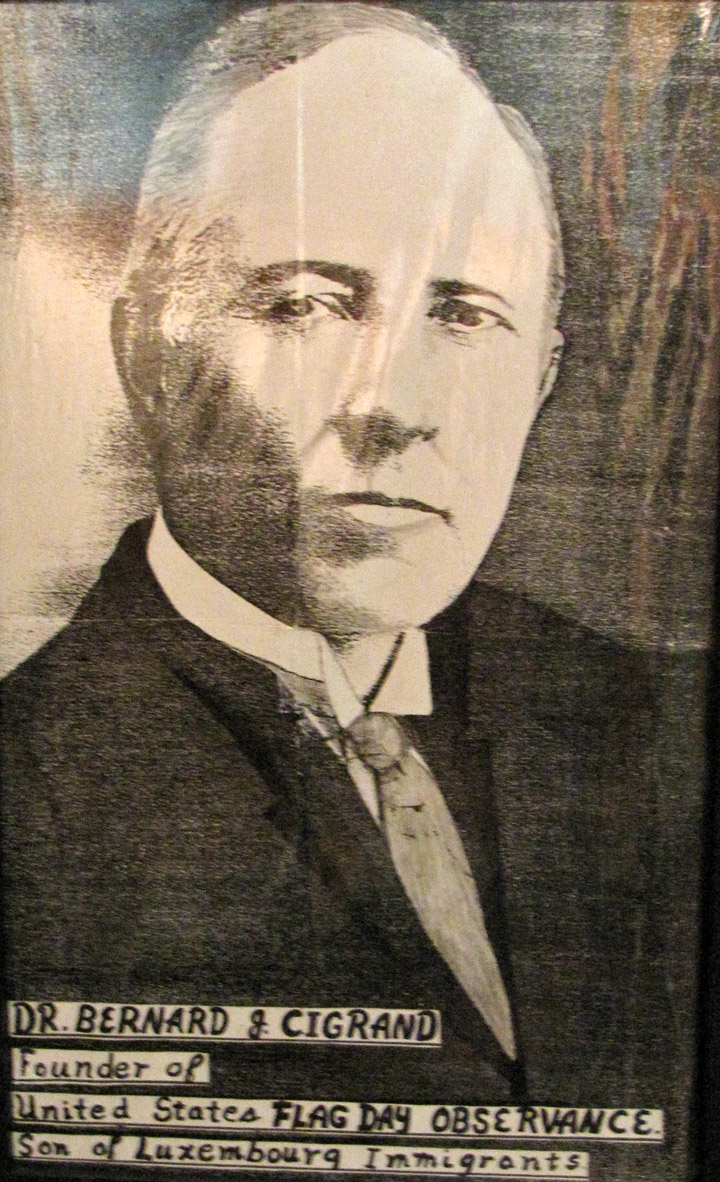
1888, William T. Kerr
William T. Kerr, a resident of Collier Township, Pennsylvania, for a number of
years, founded the American Flag Day Association of Western Pennsylvania in
1888, and became that organization's national chairman one year later, serving
as such for fifty years. He attended President Harry S. Truman's 1949 signing of
the Act of Congress that formally established the observance.
1889, George Bolch
In 1889, the principal of a free kindergarten, George Bolch, celebrated the
Revolution and celebrated Flag Day, as well.
1893, Elizabeth Duane Gillespie
In 1893, Elizabeth Duane Gillespie, a descendant of Benjamin Franklin and the
president of the Colonial Dames of Pennsylvania, attempted to have a resolution
passed requiring the American flag to be displayed on all Philadelphia's public
buildings. This is why some credit Philadelphia as Flag Day's original home. In
1937, Pennsylvania became the first state to make Flag Day a legal holiday.
1907, BPOE
American fraternal order and social club the Benevolent and Protective Order of
Elks has celebrated the holiday since the early days of the organization and
allegiance to the flag is a requirement of every member. In 1907, the BPOE Grand
Lodge designated by resolution June 14 as Flag Day. The Grand Lodge of the Order
adopted mandatory observance of the occasion by every Lodge in 1911, and that
requirement continues.
The Elks prompted President Woodrow Wilson to recognize the Order's observance
of Flag Day for its patriotic expression.
1908, Theodore Roosevelt
On June 14, Theodore Roosevelt was dining outside of Philadelphia, when he
noticed a man wiping his nose with what he thought was the American Flag. In
outrage, Roosevelt picked up a small wooden rod and began to whip the man for
"defacing the symbol of America". After about five or six strong whacks, he
noticed that the man was not wiping his nose with a flag, but with a blue
handkerchief with white stars. Upon realization of this, he apologized to the
man, but hit him once more for making him "riled up with national pride."
1949
Observance of Flag Day at the
The Betsy Ross House
The week of June 14 is designated as "National Flag Week." During National Flag
Week, the president will issue a proclamation urging U.S. citizens to fly the
American flag for the duration of that week. The flag should also be displayed
on all Government buildings. Some organizations hold parades and events in
celebration of America's national flag and everything it represents.
The National Flag Day Foundation holds an annual observance for Flag Day on the
second Sunday in June. The program includes a ceremonial raising of the flag,
recitation of the Pledge of Allegiance, singing of the National Anthem (The
Star-spangled Banner), a parade and more.
The Betsy Ross House has long been the site of Philadelphia's observance of Flag
Day.
Text from Wikipedia
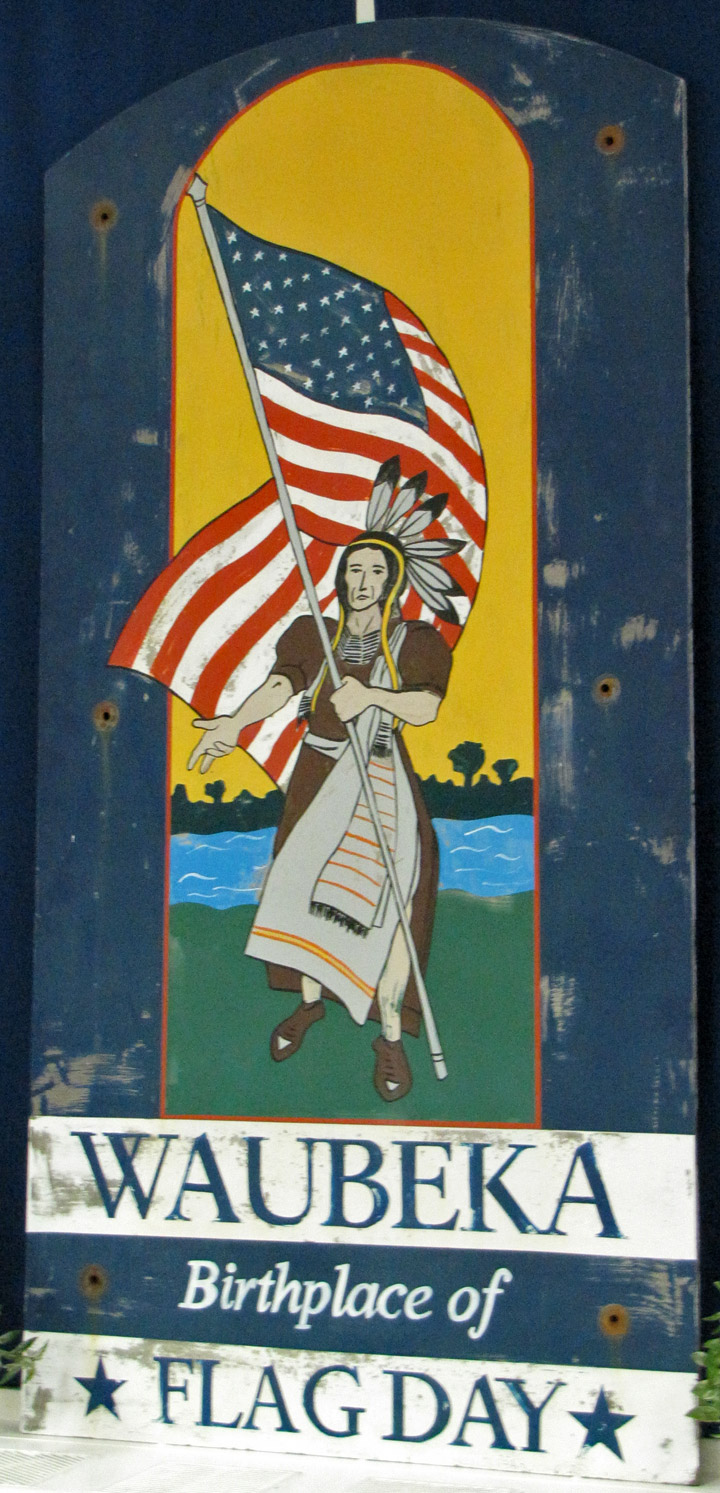
Waubeka, Wisconsin
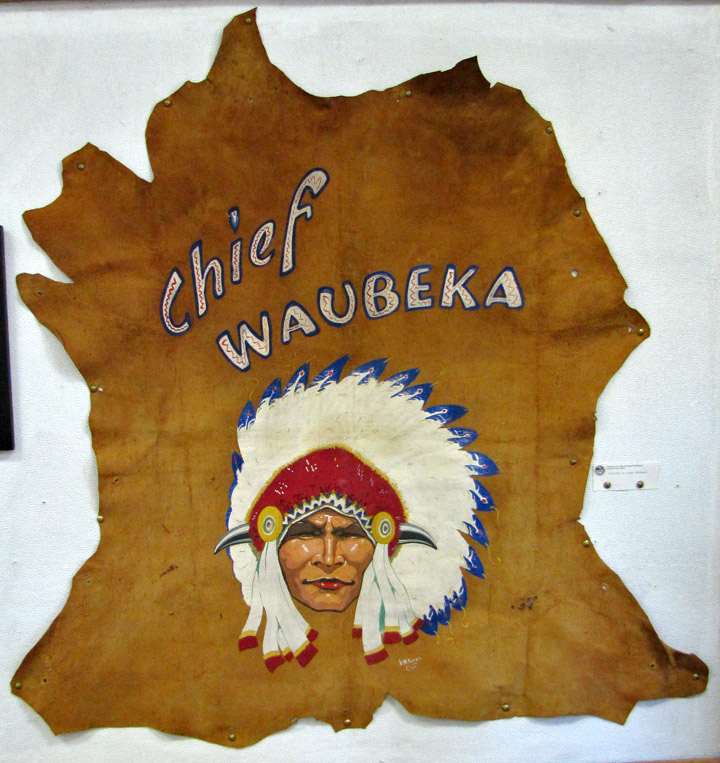
named for the Chief
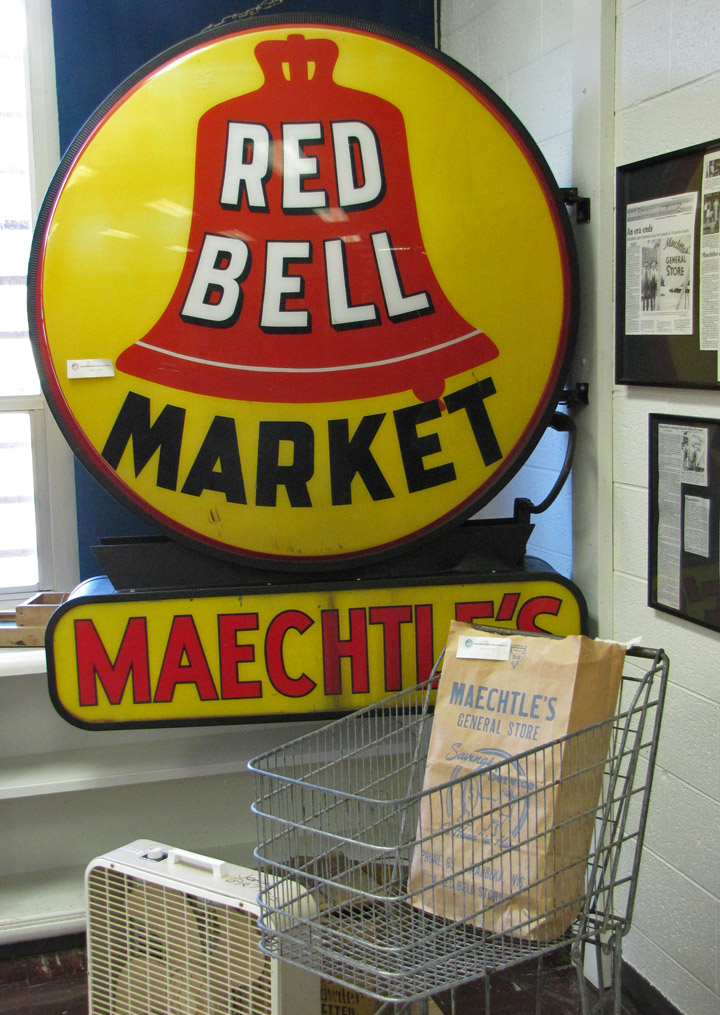
local market